If you have ever thought about how to heal your most debilitating core wounds, then remember that it does get better with time. Nothing lasts forever, including your pain.
“I am a burden and a mistake.”
“All love that is offered to me is fragile and a lie.”
“Everyone I love secretly hates me and wants me to kill myself.”
These are the beliefs that dominated me for the majority of my life.
I am the youngest of three children in my family.
From the ages of 0-4, my older sister was like a second mom to me.
She tied my shoes for me. She carried me around. She was endlessly sweet, patient, and loving with me.
Then sometime around turning 5, my older brother found me to be increasingly annoying, and he turned on me. Not wanting to be on the wrong side of this power dynamic, my sister joined him in bullying me. This carried on for the next eight or so years.
I remember countless nights of self-loathing. I remember feeling unwanted and unsafe in my family. I remember having suicidal thoughts as early as eight years old. Although I didn’t have the words to understand what it was at the time, I was intermittently depressed from the ages of 8-15.
After enough years of self-hatred and repressed emotions, I tried to take my own life when I was 15.
I sat down with a bottle of painkillers and a can of orange soda and I consumed them all. Fast forward 24 hours and I was on suicide watch in a children’s hospital. No belts. No shoelaces. No metal cutlery. Just me, two other suicidal teens, and a sterile jail cell of a bedroom.
My family came to visit me during visiting hours, and they all looked like shit. Their eyes were bloodshot. They looked exhausted. They looked like I felt. And yet I remember the pain in their eyes confusing me deeply.
“Why are you all sad? I thought I was doing you a favour,” I thought to myself.
The pain on the faces of my family was the initial sliver of doubt that had me question whether I wasn’t actually a burden to the world.
Related: How to Discover Your Deepest, Darkest Core Wound
Reaction Formation
While the seed of doubt had been planted in my mind, I wasn’t ready to face into the depth of my repressed pain.
The unconscious programming that I had held on to (telling me that everyone I loved was just waiting to turn on me with cruelty and without warning) led me to study interpersonal relationships like a man possessed.
I read everything I could get my hands on that might give me the silver bullet solution to making people NOT hate me. I constructed a mask, and then (from the ages of 22-25) taught others how to live with the same mask that I had constructed. I became a professional dating coach and helped people get into (largely surface-level) relationships.
While helping people get traction in their lives and stepping into some form of teaching appealed to me, I could increasingly tell that something felt misaligned for me in the version of what I was doing.
Surrender
At 25, I began to tire of the social mask that I had constructed and wanted to go deeper into my process. I started dating women who could more fully see me (as I finally began to allow myself to be more fully seen by others).
I started working with coaches and therapists who had more embodied wisdom, and similar childhood trauma to me. In short, I started to reach out and ask for help for the first time ever. I truly surrendered.
Over the past year and a half, I leaned harder into my self-development process than I ever have. Largely catalyzed by a series of painful events (a significant breakup, a close friend passing away, and reaching a new level of success in my business and feeling deeply unfulfilled by it). I started working with a transpersonal therapist, joined a weekly men’s group, and began doing more physically embodied therapeutic exercises that helped me get out of my head and into my emotional body.
Without hyperbole, this past year and a half has been the most challenging and healing period of time in my entire life, by a landslide.

Of all of the things that I have done, these are the three biggest things that I did to help heal my repressed pain and trauma. It is my hope that you will be able to take something out of these steps to use in your own process.
1. Fully Face, And Accept, The Truth Of Your Situation.
You can’t fully let go of something until you have first taken it into your hand and grasped it. If you don’t allow yourself to fully acknowledge the truth of whatever you have lived through, it will continue to have power over you.
There’s a big difference between saying “I was bullied when I was young, but I was probably just being a sensitive little kid,” and, “I was bullied relentlessly for years and had suicidal thoughts for years because of it.”
There’s a big difference between saying “I was raped when I was a teenager but I was probably asking for it because I was drunk and being flirtatious,” and, “I was raped when I was a teenager. I know this because my sexual energy was violated and I found it difficult to get close to people for years. I still wake up from nightmares of my abuser breaking into my home.”
There’s a big difference between saying “I might have been emotionally abused in my last marriage, but other people have had it so much worse than me,” and, “I was emotionally manipulated in my last marriage for so many years, to the point where I didn’t feel like I could trust my own mind in the slightest. I still doubt myself constantly and never know if or when my emotions are appropriate in a given situation.”
The point isn’t to be over-dramatic or to tell white lies. The point is to be fully truthful. To own it fully. And that means allowing yourself to acknowledge the truth of the situation as you experienced it.
In practical terms, facing the full truth of your situation might look like writing out your full story on several pieces of paper or telling a close, trusted friend about your trauma or speaking to a coach or therapist for several sessions.
Whatever your truth is, it absolutely must be fully acknowledged and externalized before you can transcend it.
Related: 5 Signs To Know If You Need Emotional Healing
2. Feel The Feelings That You Have Access To.
Once you have exposed the full truth of your situation to yourself, there will very likely be some (or a lot of) unfelt emotional residue to process.
You may have to sob, or yell, or lie down despondently, or stomp your feet or all of the above. Depending on the depth of the wound, this may take a matter of days or a matter of years.
One of the most common fears that comes up when you are about to lean into this stage is, “What if my sadness/anger/resentment/etc. goes on forever? What if it’s a never ending well of emotion?”
Nothing lasts forever. Your sadness can be transcended. Your anger can be released. Feel your feelings fully, and you will release the stuck energy that has lived in your body for as long as it has.
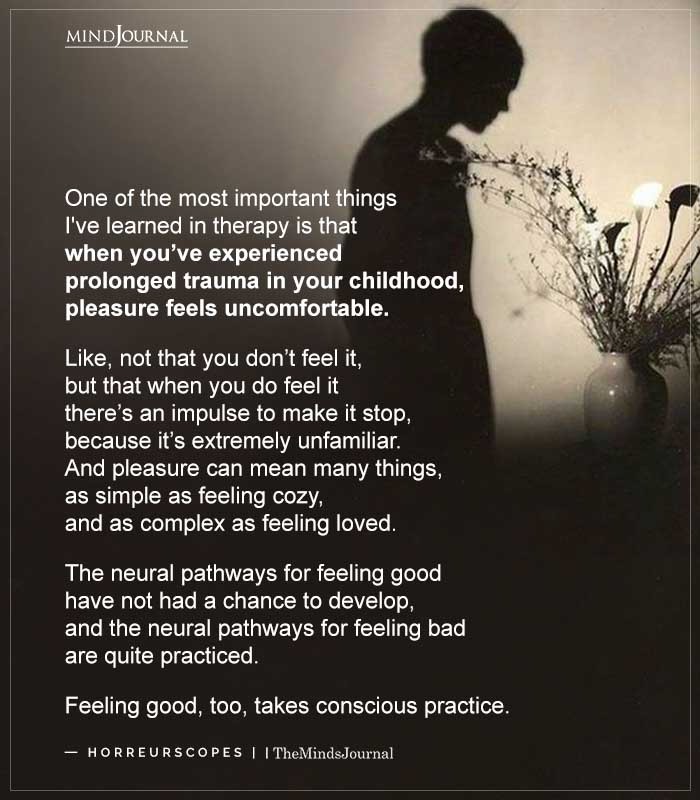
3. Heal It In Relationship With Others.
Just as all pain is experienced in relationship, it can only be healed in relationship. There is value in processing your thoughts and feelings on your own (embracing quiet, solitude, self-reflection, etc.) eventually you must allow other people to act for mirrors for your healing.
I believe that it is your responsibility to heal it up to the 70% ceiling of healing, that you have access to on your own, and that the last 30% must be healed by using others as mirrors for your process.
It’s one thing to tell yourself that something that you fear about yourself as being un-loveable is actually very love-able (using affirmations or journaling, for example), and it’s another thing entirely to allow yourself to be experienced in the midst of your pain and have another person tell you that you are indeed love-able.
Lean on friends, family members, coaches, therapists, and your community. Allow yourself to extend to others. Allow yourself to be seen by others. Allow yourself to be received by others. Allow yourself to be loved by others.
Related: 5 Forgiveness Exercises To Heal Emotional Wounds in a Relationship
And watch your pain, trauma, and shame stories melt away.
Dedicated to your success,
Jordan
Written by Jordan Gray Originally appeared in Jordan Gray
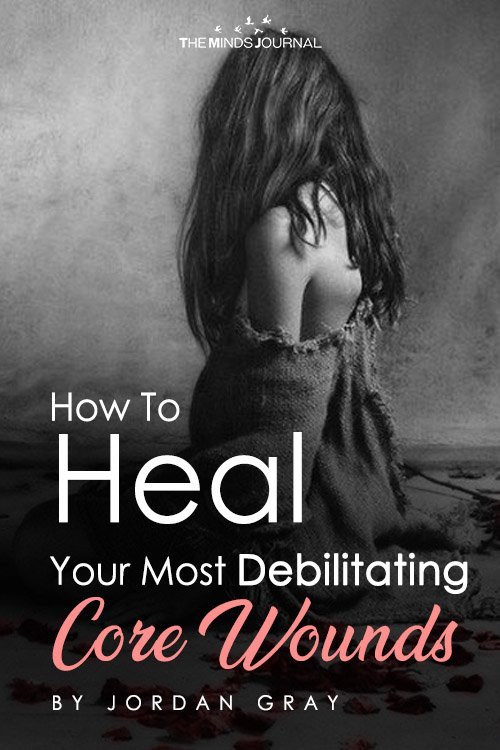


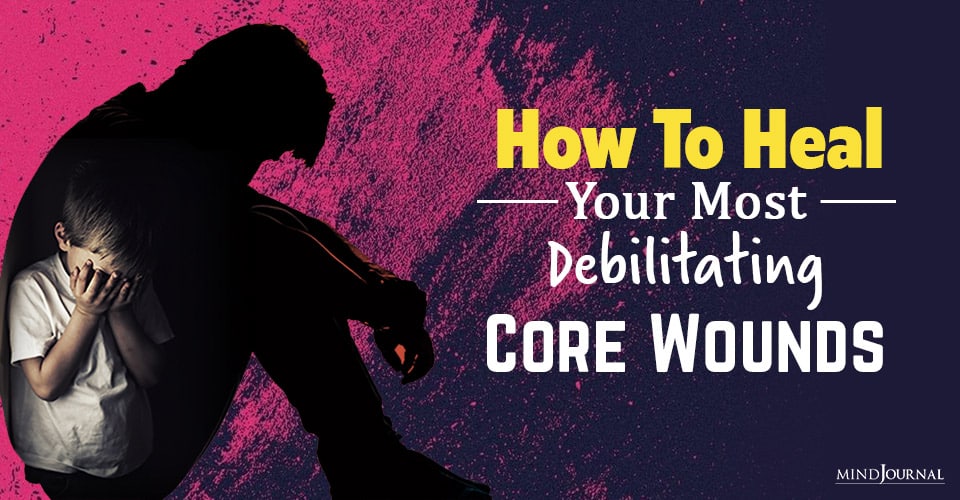
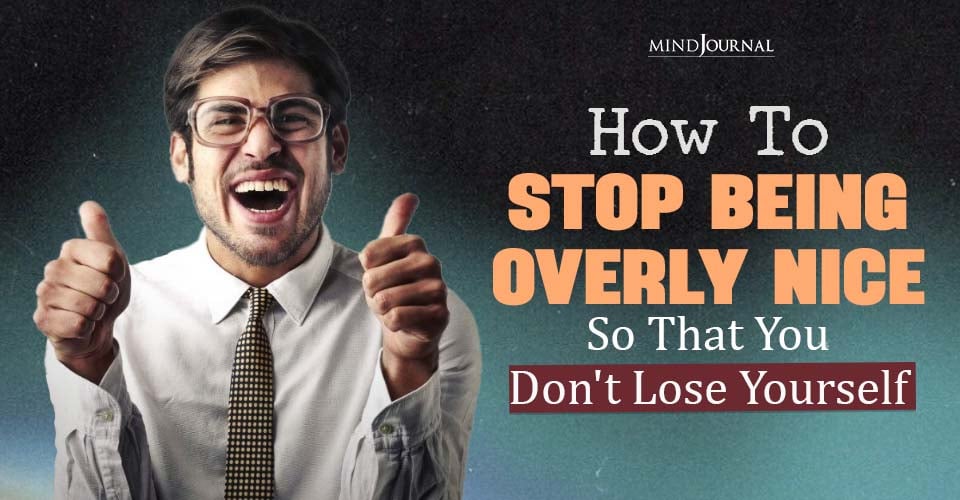
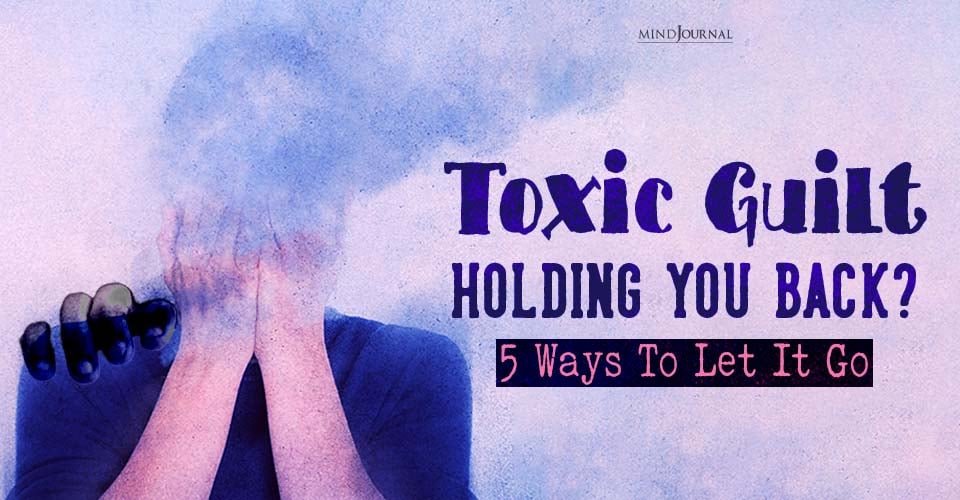




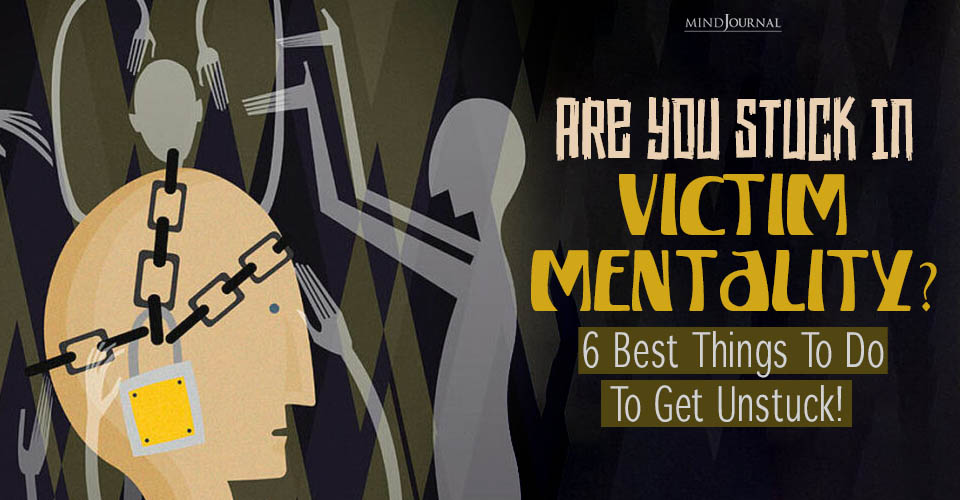
Leave a Reply